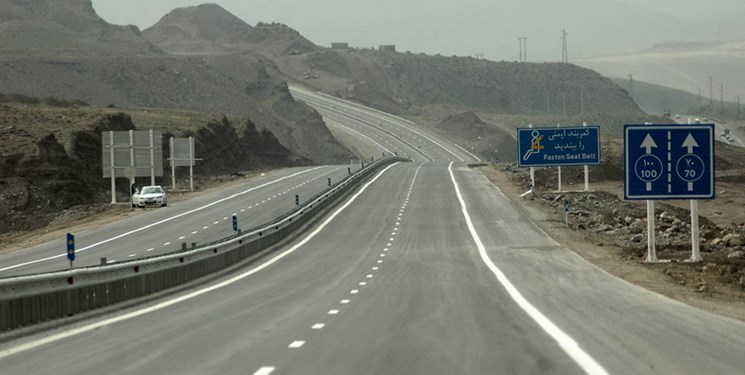Qazvin – Alamut road

Qazvin-Alamut road includes one forward lane and one return lane and the width of the road is 12 meters. Its route is 164 km, of which 96 km is in Qazvin province and the rest is in Mazandaran province. With the completion and opening of the Qazvin-Almut-Tankabon road, the length of the route will be reduced from 330 km to 164 km, the travel time will be reduced from 6 hours to 3 hours, and it will reduce the annual fuel consumption by 3.8 million liters. The implementation of the Qazvin-Almut-Tankabon project has advantages that can be used to develop more tourism in the Alamut River and the Eastern River, the development of financial resources, the development of agricultural and animal husbandry sub-sectors, the organization of the villages of the Alamut region by encouraging and attracting tourists, and the exploitation of the mines of Alamut, which are rich mines. are countries, he pointed out. Qazvin-Rahimabad-Kalachai road project is the second most important project in Qazvin province. This project has the construction of the main road and first-class specifications. The width of the route is 12 asphalt surfaces and its origin is from Barajin Azad University and its destination is Kalachai in Gilan province. The mentioned project was planned and studied before 2019, which was approved in 2012 during the visit of the delegation of ministers to Gilan province. In the same year, the construction of this project started in Gilan and Qazvin provinces. The length of this project is 142 km, of which 72 km is in Qazvin province and the rest is in Gilan province.
Due to the fact that siliceous aggregates have good mechanical resistance but have low adhesion to bitumen, it causes the asphalt to become bare and gritty and eventually cause damage along the way. For this reason, AkaBit AD polymer modified bitumen was used to create resistant asphalt along Qazvin Alamut route. This additive increases the adhesion between bitumen and aggregates and also increases the moisture durability of asphalt. This also improves TSR by 15-25%, which is an important factor for evaluating asphalt.
